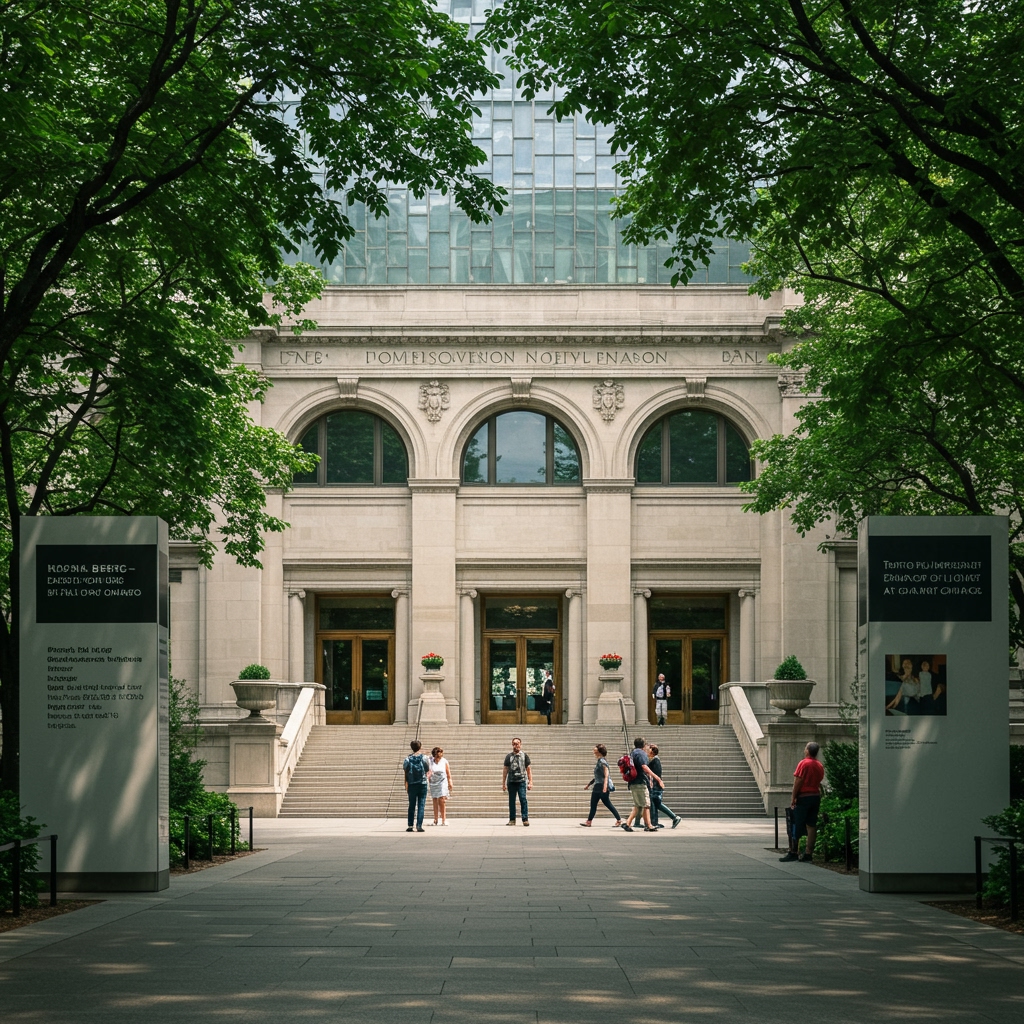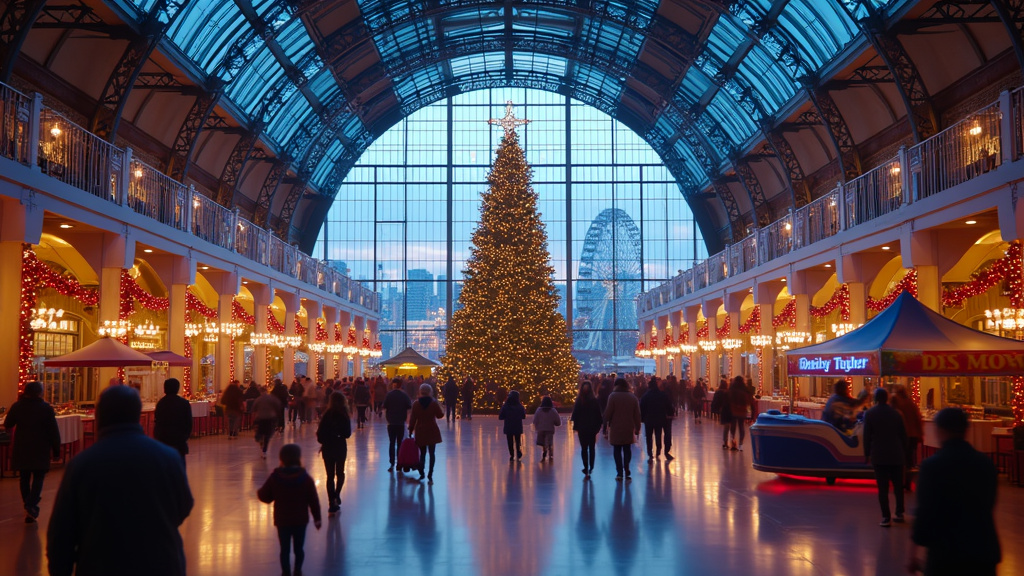CHICAGO, IL – The Art Institute of Chicago, a globally renowned cultural institution, has officially announced a significant upcoming exhibition poised to captivate audiences and art enthusiasts alike. Titled “Visions of Light: Post-Impressionism Unveiled,” this major showcase is scheduled to open its doors to the public on June 1, 2025. The exhibition promises an expansive and immersive exploration of a pivotal period in art history, featuring a remarkable collection that highlights the diverse approaches and lasting impact of the artists who followed the Impressionist movement.
This ambitious presentation will bring together an impressive assembly of art, encompassing over 150 works. Visitors will have the extraordinary opportunity to experience iconic and influential pieces from some of the most celebrated masters of the late 19th and early 20th centuries. The roster of featured artists includes towering figures whose innovations dramatically shaped the course of modern art, specifically naming Vincent van Gogh, Paul Cézanne, Paul Gauguin, and Georges Seurat among the luminaries whose work will be central to the exhibition’s narrative.
Exploring the Legacy of Post-Impressionism
Post-Impressionism, a term coined by English art critic Roger Fry in 1910, describes the varied reactions to and departures from Impressionism in the decades spanning roughly from 1886 to 1905. Artists of this era built upon the foundations laid by Impressionism’s focus on light, color, and everyday subject matter but moved towards more structured, symbolic, and emotionally expressive forms. “Visions of Light: Post-Impressionism Unveiled” seeks to illuminate these varied paths, showcasing how artists like Van Gogh used vibrant color and swirling brushstrokes to convey emotion and inner turmoil; how Cézanne sought to analyze and depict the underlying structure of forms through faceted brushwork; how Gauguin employed flattened forms and bold colors for symbolic effect, moving towards Primitivism; and how Seurat developed Pointillism, a systematic application of distinct dots of pure color to create harmonious effects. The exhibition aims to provide a comprehensive look at this transitional period, revealing the individual quests and shared concerns of these groundbreaking artists as they explored new possibilities in form, color, and subject matter.
The inclusion of over 150 works suggests a deep dive into the movement, allowing for a nuanced understanding of its complexities and the distinct contributions of its key figures. Such a large number of pieces facilitates an exploration of the artists’ development over time, their diverse subject matter—ranging from portraits and landscapes to still lifes and scenes of modern life—and the technical experiments that defined their work. The exhibition’s title, “Visions of Light,” hints at a thematic thread that may connect these disparate approaches, perhaps examining how each artist reinterpreted the depiction and symbolic meaning of light, moving beyond the fleeting optical effects favored by the Impressionists towards more internal or structural interpretations.
A Collaboration of Collections: AIC and Global Institutions
A significant strength of “Visions of Light: Post-Impressionism Unveiled” lies in its masterful assembly of artworks drawn from both the Art Institute of Chicago’s esteemed permanent collection and crucial loans from other prestigious institutions. The Art Institute boasts a world-class collection of Impressionist and Post-Impressionist art, providing a robust foundation for the exhibition. However, the inclusion of key loans elevates the exhibition to a truly international and comprehensive level.
Notable among the lending institutions are the Musée d’Orsay in Paris, France, and the Metropolitan Museum of Art in New York, United States. The Musée d’Orsay holds perhaps the world’s most significant collection of Impressionist and Post-Impressionist art, housed in a stunning former railway station. Their contributions are invaluable for providing depth and including masterpieces that are essential to understanding the movement. Similarly, the Metropolitan Museum of Art possesses a vast and rich collection spanning art history, with particularly strong holdings in European painting. Loans from institutions of this caliber underscore the importance and scholarly ambition of “Visions of Light,” ensuring that visitors will encounter pivotal works that are rarely seen together. The careful selection and collaboration required to bring together pieces from such prominent museums highlight the exhibition’s status as a major cultural event.
Planning Your Visit: Dates and Access
“Visions of Light: Post-Impressionism Unveiled” offers a generous viewing period for the public, running from its opening on June 1, 2025, through September 15, 2025. This extended duration provides ample opportunity for both local visitors and those traveling to Chicago to experience this landmark exhibition. Located in the heart of downtown Chicago, the Art Institute is easily accessible and a cornerstone of the city’s vibrant cultural landscape.
Adding to the anticipation, the Art Institute has scheduled a special preview event for members on May 31st, the day prior to the public opening. This exclusive access allows members to experience the exhibition ahead of the general crowds, offering a more intimate viewing opportunity and serving as a valuable benefit for the museum’s supporters. Further details regarding tickets, hours, and any associated programming or events related to the exhibition are expected to be announced closer to the opening date.
The exhibition is anticipated to be a major draw, inviting visitors on an immersive dive into the art and ideas that defined Post-Impressionism. It offers a chance to see foundational works by artists whose revolutionary approaches continue to influence art today. For students of art history, casual museum-goers, and admirers of figures like Van Gogh and Cézanne, “Visions of Light” presents a rare opportunity to engage deeply with this transformative period in art history within the distinguished setting of the Art Institute of Chicago.













